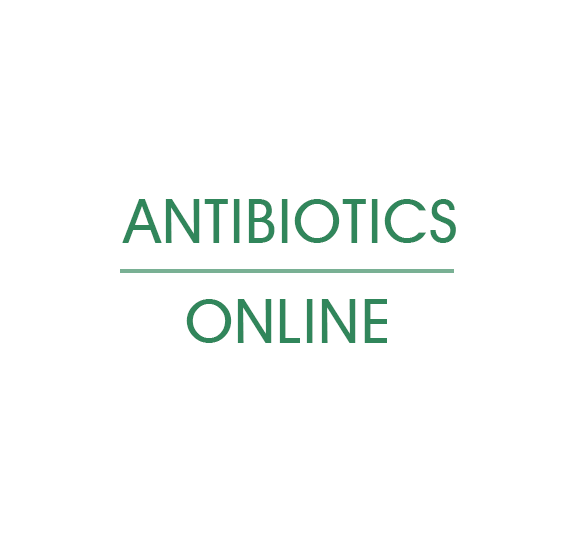Trecator
Bacteriostatic antimycobacterial agent.
Useful spectrum:
Mycobacterium tuberculosis including strains resistant to INH, streptomycin, PAS.
Indications
- MDR and XDR tuberculosis (available in nominative AAC)
- Reserve anti-tuberculosis drug due to its toxicity
- Strain resistant to 1st-line anti-tuberculosis drugs
- Always in combination with other drugs active on the strain being treated
Pharmacology / Pharmacokinetics
- Nicotinic acid derivative
- Inhibitor of mycolic acid synthesis
- Good digestive absorption
- Peak serum levels at 2-3h
- Very low excretion in urine and faeces
- Metabolised in the body to form sulphoxides, metabolites active against M. tuberculosis
- Sulphoxides are then metabolised to inactive metabolites
- Good distribution, including in the CSF
Forms and Strengths

AAC
250 mg film-coated tablets
How To Take
Dosage
Tuberculosis:
15-30 mg/kg/24h, not to exceed 1 g/24h
Dosage often poorly tolerated
Maximum dosage usually tolerated: 500-750 mg/24h for an average-weight adult.
Possible regimen:
Start with 500 mg/24h in one or two doses
Increase by 250 mg/24h to a dosage of 750 mg to 1 g/24h.
Route of administration
Oral administration
Once daily to reduce gastrointestinal effects
In the evening or with the main meal
May be divided into 2 doses
Severe renal insufficiency with clearance < 30 mL/min:
Dosage reduction: 250-500 mg/24h.
Interactions
Main drug interactions:
- Rifampicin
- Cycloserine
Side Effects
Main adverse effects:
Digestive
Metallic taste, nausea, vomiting, anorexia, abdominal pain, diarrhoea.
Major limiting factor, sometimes requiring treatment to be discontinued.
Hepatotoxicity
- Rare
- Cytolysis, jaundice
- Potentiated by rifampicin
Neurotoxicity
- Mental disorders: depression, intense anxiety, psychosis
- Vertigo, visual disturbances
- Peripheral neuropathy
Various
Hypersalivation, gynaecomastia, toxidermia, photosensitisation, acne, alopecia.



